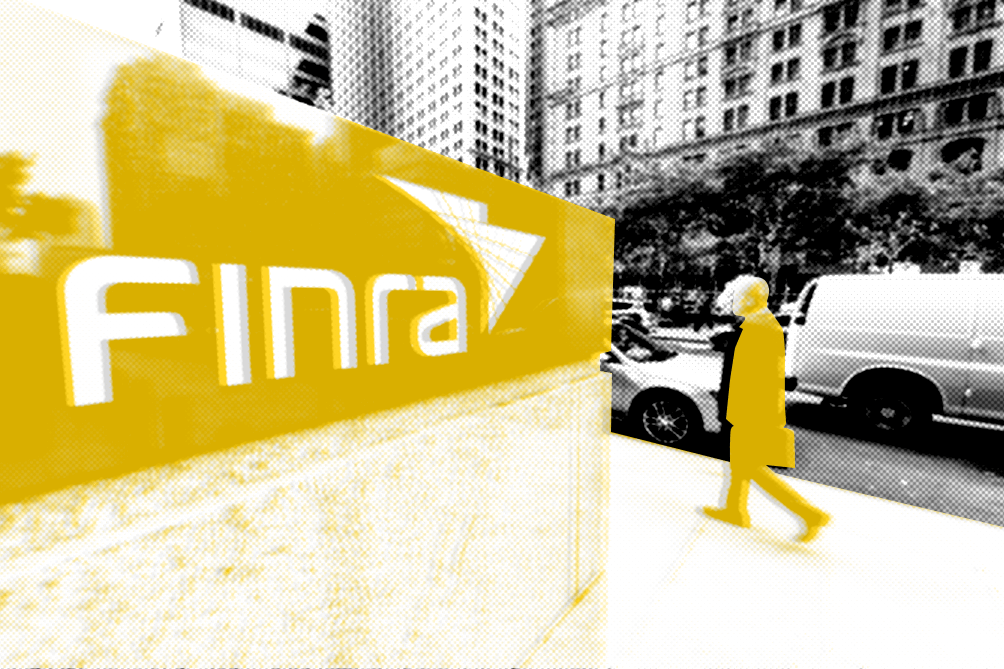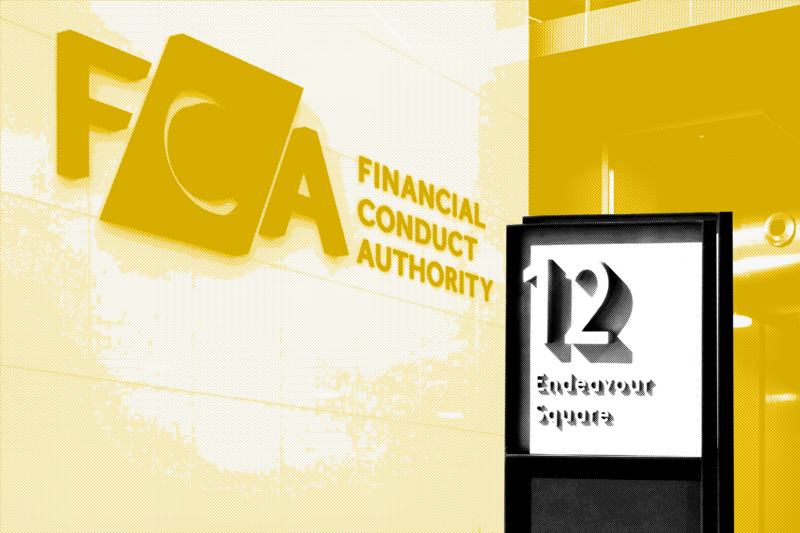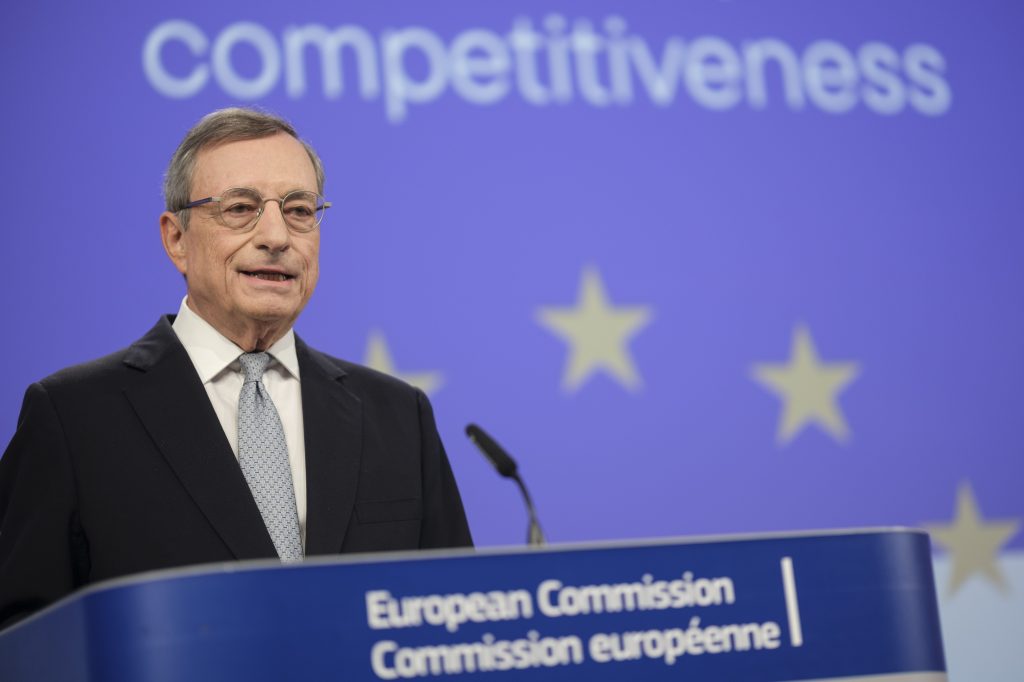In the wake of growing tensions and regulatory ambiguity, the SEC Crypto Task Force was quietly assembled. Its mission: to bring clarity to the increasingly fragmented ecosystem of digital asset oversight.
The SEC, through five highly anticipated roundtables, opened the floor to voices from every corner of the industry. During these meetings, a thorough synthesis of the Commission’s remarks was conducted, mapping out the regulatory breadcrumbs left behind.
The roundtables were also accompanied by something that became a deluge: well over a hundred written responses, submitted by firms, academics, advocacy groups, and think tanks. GRIP sifted through them all and collected the most compelling.
Initially, these submissions were intended as thoughtful contributions to a complex conversation. But as the process unfolded, the tone changed. The docket, once a space for reflective input, now resembles a battlefield.
Respondents are not just presenting their own positions, they are sharpening them. Stakeholders are replying to each other, contradicting opponents, bolstering allies, and submitting follow-ups to rebut rebuttals.
The written submissions section has transformed into a kind of regulatory trench warfare, with each round of filing more strategic than the last.
The Digital Chamber: powering crypto policy
The Digital Chamber (TDC) has emerged as one of the most persistent and formidable forces in the SEC’s ongoing consultation process. Backed by the power of not one but several top-tier law firms, TDC has submitted voluminous, technically sophisticated letters across a wide spectrum of regulatory questions.
Their strategy is unmistakable: saturate the docket with legal rigor and policy coherence, question by question, footnote by footnote. With this level of professional horsepower, it’s difficult not to ask: when so many elite law firms are pushing on so many fronts, where exactly is the balance of influence?
These polished, comprehensive submissions are certainly crafted to grab the SEC’s attention, but the question that now looms over the process is whether they will do so because they are in the national interest, or because they are just too well-resourced to ignore.
The Digital Chamber is not just another industry group, it is the self-declared voice of the blockchain sector in Washington. Since 2014, it has positioned itself as the largest and most influential blockchain and digital asset trade association in the world.
With over 200 members spanning startups, crypto-native firms, global financial institutions, and infrastructure providers, TDC’s reach across the ecosystem is vast. Its advocacy portfolio includes pushing pro-innovation legislation, channeling enforcement-first regulatory approaches, and expanding the legal and commercial space for blockchain technologies to thrive.
TDC’s letter on crypto lending offers a detailed legal and technical unpacking of the crypto lending ecosystem, dissecting everything from peer-to-peer loans to flash loans, staking structures, and non-custodial protocols.
This submission can be viewed as both responsible engagement, and advocacy of the highest order, couched in the language of balance and innovation, but clearly aimed at securing regulatory space for its members’ business models.
The Digital Chamber also tackled tokenization, not only urging the SEC to update outdated interpretations of securities rules but also framing the entire US regulatory posture as innovation-stifling and globally uncompetitive.
In yet another letter, TDC laid out a blueprint for how regulatory sandboxes should function, including recommendations for federal preemption over state law and automatic transition pathways post-sandbox.
Wall Street giant enters the tokenization fray
Citadel Securities, one of the most powerful players in the US equity markets, has made its stance on tokenized securities unequivocally clear: slow down, scrutinize, and do not let digital asset innovators rewrite the rules,
In a forceful letter to the SEC’s Crypto Task Force, Citadel warns against “self-serving regulatory arbitrage” and argues that tokenized versions of US equities should be treated no differently than their traditional counterparts.
From pre-trade transparency to best execution standards, Citadel’s position is that blockchain does not entitle anyone to bypass decades of market structure safeguards. Their message is clear: tokenized “look-a-likes” may wear digital clothes, but they still walk and quack like securities, and should be regulated as such.
But Citadel’s play is not just defensive; it is preemptive. The firm outlines a meticulous list of potential risks – fragmentation, counterparty exposure, investor confusion, capital formation impact – and ties them to calls for stricter disclosure, public comment, and formal rulemaking before any exemptions are even considered.
Behind the scenes, this is a power move to hold the line on a market structure Citadel has long mastered. If there was any doubt that this comment process has become a high-stakes battleground, Citadel’s intervention puts that to rest.
Weighing crypto’s regulatory crossroads
Academia has officially entered the arena, and not quietly. In a sweeping 90-page submission, Lawrence Trautman of Prairie View A&M University delivers one of the most comprehensive, deeply contextualized analyses submitted to the SEC’s Crypto Task Force to date.
Titled Crypto Regulation in the Time of Trump, the paper dissects the broader philosophical and political shifts shaping US financial regulation, with a sharp focus on how the Trump administration’s deregulatory agenda may collide with the SEC’s current push for digital asset clarity.
Trautman’s central question is not just how crypto should be regulated, but whether the legacy architecture of securities law can even keep pace with the technological and political volatility now shaping the industry.
Trautman walks through the unresolved definitional chaos around what constitutes a security, the fragmentation of regulatory responsibility, and the risky ambiguity surrounding tokenization, trading venues, and custody standards.
He also does not shy away from policy critique, highlighting contradictions in SEC rhetoric and enforcement practice. Rather than offering a single “fix,” the paper serves as a map of the regulatory terrain, identifying pitfalls, false promises, and areas where structural reform may be overdue.
But what makes this filing particularly powerful is its tone. This is not industry lobbying in academic clothing, it is a call for institutional coherence. Trautman does not advocate for knee-jerk deregulation or crypto exceptionalism; instead, he urges the SEC to confront the mismatch between 1930s-era securities laws and 21st-century financial innovation.
He references voices across the Commission, including Commissioner Crenshaw’s recent remarks questioning the double standards applied to digital assets, and he aligns his recommendations with principles of long-term market integrity.
This is the rare kind of submission that adds weight without partisanship, intellectual infrastructure for a regulatory regime under construction.
Fidelity in the middle of the storm
Classic financial institutions may not be storming the gates of the SEC like their crypto-native counterparts, but they are certainly trying to anchor themselves in a sea of regulatory ambiguity.
In its recent comment letter titled Request for Information on There Must Be Some Way Out of Here, Fidelity Investments takes a cautiously constructive tone, calling for clarity, consistency, and safe harbors rather than sweeping deregulation.
While crypto firms push hard for exemptions and disruptive change, Fidelity is focused on making the existing system work better, especially for broker-dealers already subject to complex regulatory overlays.
Fidelity supports the SEC’s recent withdrawal of outdated guidance and offers a slate of modest but meaningful requests. Among them; identify best practices for broker-dealers that custody digital assets, allow fully-paid lending of those assets, and establish a regulatory safe harbor for secondary trading of non-security tokens.
These are not radical asks, they are the kinds of plumbing needed for hybrid operations to function. Fidelity also pushes for coordinated guidance across agencies, including FINRA and the Federal Reserve, to resolve issues tied to margin, account statements, and best execution in a mixed-asset environment.
In other words, Fidelity is not trying to reinvent the wheel, it is just asking the SEC to stop leaving the manual half-written.
What is striking is how different this submission sounds from many of its neighbors in the docket. Where crypto firms tend to go on offense, demanding exemptions, arguing constitutional overreach, and calling for wholesale system overhauls, Fidelity stays in the lane of regulatory pragmatism.
By quietly laying out the operational risks of regulatory limbo, Fidelity’s letter highlights just how unprepared current frameworks are for a broker-dealer model that handles digital and traditional assets under one roof. It is not resistance. It is a quiet plea for regulatory coherence, before innovation outpaces the rules entirely.
SIFMA plays the grown-up in the room
In a moment when nearly every corner of the financial sector is lobbying the SEC to accelerate, exempt, or overhaul its crypto posture, the Securities Industry and Financial Markets Association (SIFMA) has taken a different stance — hit the brakes.
In its letter to the Commission, SIFMA argues that sweeping changes to how tokenized equities and digital assets are traded cannot and should not be pushed through by way of no-action letters or exemptive relief. Instead, it calls for a full, formal public rulemaking process grounded in transparency and deliberation.
Amid a growing pile of comment letters full of bullish demands and self-serving carve-outs, SIFMA’s tone is one of sober caution.
SIFMA makes clear that the securities laws, however old, still offer bedrock protections that must not be bypassed under the banner of “innovation.” From investor safeguards baked into FINRA oversight, to the consolidated market transparency guaranteed by Regulation NMS, the submission warns that exempting digital asset firms from these requirements risks creating fragmented, opaque, and potentially unsafe trading environments.
The group underscores that any move to let unregistered platforms trade tokenized NMS securities is not just a technical adjustment; it is a fundamental shift in how capital markets operate, and one that demands rigorous public debate.
More than any other submission, SIFMA’s reads like a centering force in a regulatory free-for-all. While crypto-native firms call for fast-track permissions and traditional giants like Citadel and Fidelity dig in on narrow issues of competitive alignment, SIFMA is doing something else: reinforcing the walls of the system itself.
The emerging shape of US crypto regulation
Taken together, the ongoing flood of SEC written submissions and the Senate’s bipartisan passage of the GENIUS Act suggest that US crypto policy is finally beginning to cohere, but not without friction. The process has matured, it is no longer just a policy sandbox, it is a strategic contest over who gets to define the architecture of the next financial era.
The passage of the GENIUS Act by the US Senate adds a dramatic new layer. It is the first serious signal that lawmakers are ready to move from rhetorical support of digital finance to codified structure.
The Act creates a clear path for banks, fintechs, and even major retailers to issue their own stablecoins, under strict conditions like full reserve backing, audits, and AML compliance. But it also reins in tech giants and puts Treasury in the regulatory driver’s seat.
This makes two things immediately apparent; first, that stablecoins are now viewed as a gateway to mainstream crypto adoption; and second, that Congress is asserting a broader role in shaping the digital dollar economy, even as the SEC, CFTC, and state regulators jostle for influence.
In this context, the SEC’s comment process begins to look like a parallel track: slower, more technical, and still intensely contested, but no less consequential.
What Fidelity and SIFMA are really advocating is not anti-innovation but institutional sequencing– do not build new market structures until investor protections, operational rules, and systematic safeguards are in place.
Crypto advocates, by contrast, argue that those protections can be reimagined in tandem with innovation, not delayed by it.
This clash is no longer theoretical. With the GENIUS Act, federal lawmakers have now joined the regulatory fray in a real way, and firms across finance and tech are watching closely.
The takeaway? The US is no longer asking if it will regulate crypto, it is negotiating how fast, by whom, and on whose terms.
Whether the eventual framework is led by prudence, politics, or profit remains an open question. But the tempo has changed.

















